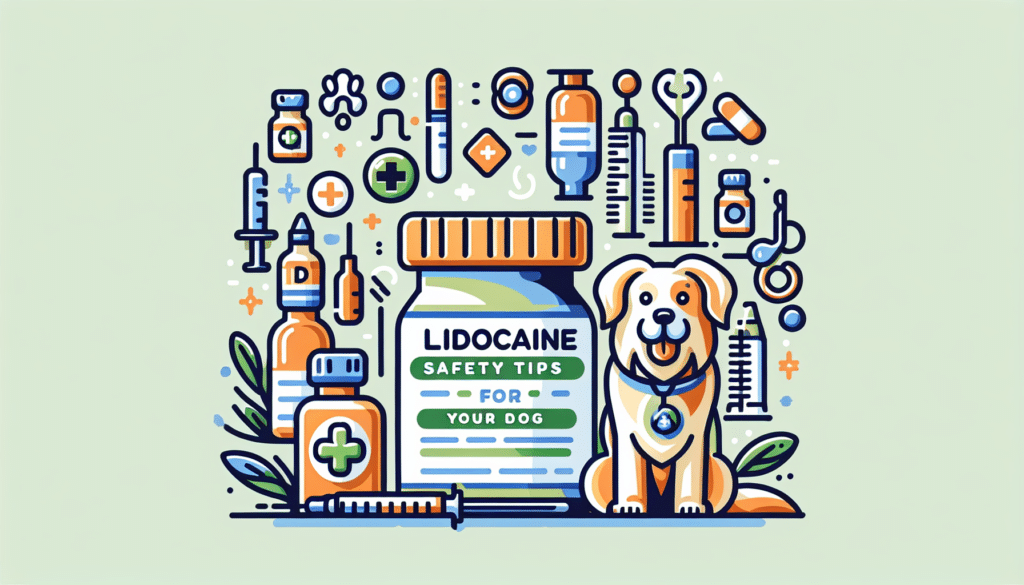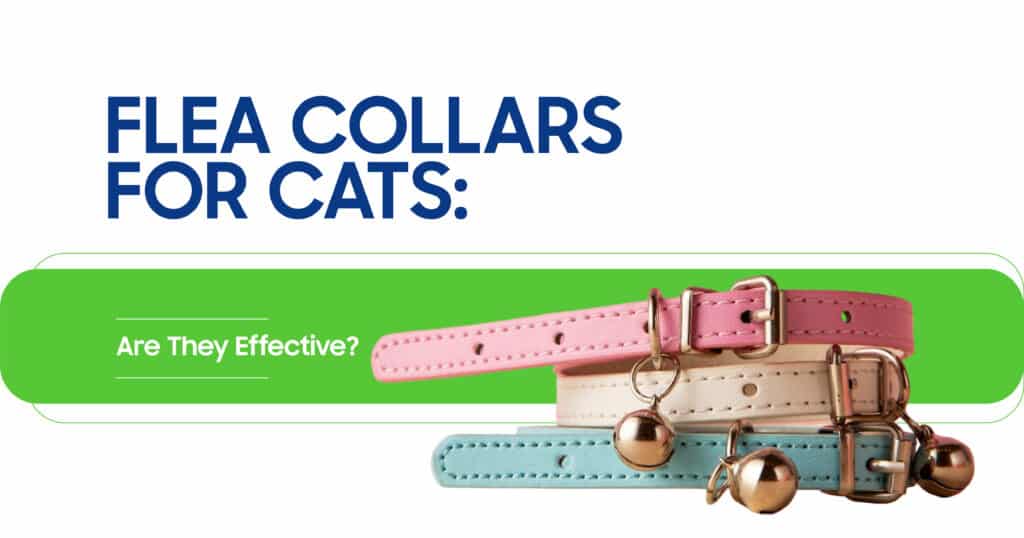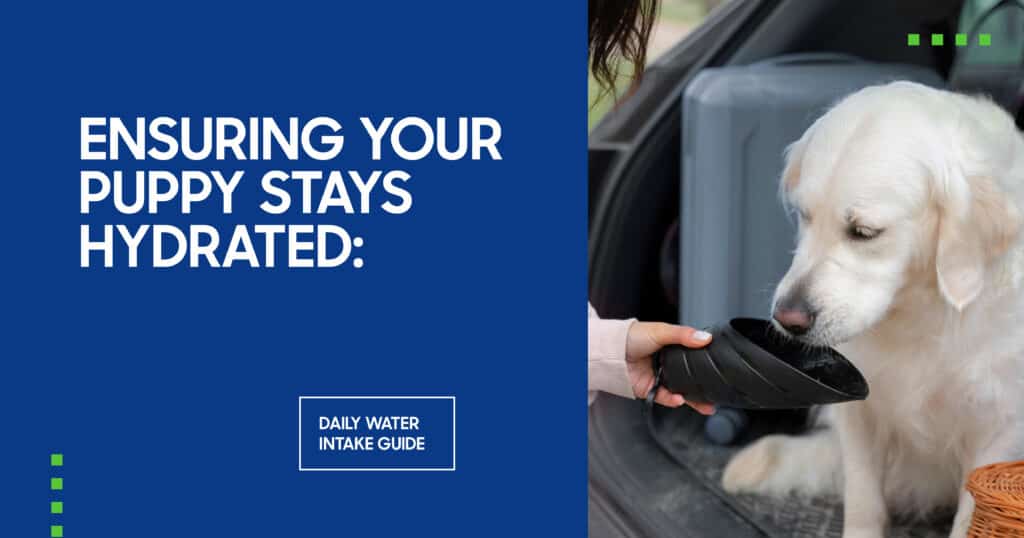When it comes to your furry friends, effective and safe pain management is crucial for their well-being. Lidocaine, an established local anesthetic, is one of the options available to help alleviate pain in dogs. This blog will explore lidocaine safety tips, its benefits, how it works, and the importance of seeking veterinary guidance before its use. Additionally, we’ll touch on the relevance of lidocaine gel and discuss its application in canine wound care.
Lidocaine Safety Tips for Your Dog
Using lidocaine for dogs can provide significant relief from pain, especially in clinical settings or following injuries. However, safety is paramount. To ensure you are using lidocaine appropriately, consider the following tips:
- **Consult Your Veterinarian**: Always seek professional advice before administering any new medication.
- **Monitor Dosage Carefully**: Adhere to the recommended safe lidocaine dosage for dogs, as overdosing can lead to severe side effects.
- **Observe for Side Effects**: Watch for signs such as lethargy, vomiting, or unusual behavior after administration.
- **Use Topical Preparations Only as Directed**: Only apply lidocaine gel or cream specifically formulated for canine use.
Introduction
Effective pain management is vital for the comfort and recovery of your pet. Lidocaine has become a key component in veterinary medicine due to its fast-acting pain-relieving properties. This blog aims to delve into the practicalities of using lidocaine safely and effectively in dogs, providing peace of mind for pet owners looking for canine pain management solutions.
The Benefits of Lidocaine for Dogs
Lidocaine is widely considered a safe and effective option for pain relief in dogs, especially in various medical situations. Its benefits include:
- **Rapid Pain Relief**: Provides quick comfort in acute situations.
- **Versatility**: Effective for both minor and major surgeries or injuries.
- **Fewer Systemic Side Effects**: When used topically or locally, it minimizes adverse reactions compared to oral medications.
Examples of situations where lidocaine might be employed include post-operative care, treatment of localized injuries, or as part of a comprehensive pain management plan. In comparison to traditional pain medications, lidocaine often has a quicker onset and provides targeted relief.
Understanding Lidocaine: How It Works
Lidocaine functions as a local anesthetic by blocking the transmission of nerve signals, effectively numbing the area where it is applied. This mechanism is crucial for managing pain during surgical procedures or treatments. While lidocaine is generally safe, it’s essential to be aware of potential side effects, which can include:
| Possible Side Effects | Management Tips |
|---|---|
| Lethargy | Reduce dosage and consult your vet. |
| Vomiting | Monitor your dog closely; consult a veterinarian if persistent. |
Ensuring the safe lidocaine dosage for dogs is critical. Your veterinarian will provide the necessary guidelines based on your dog’s size, condition, and type of procedure being performed.
Veterinarian-Approved Pain Relief for Dogs
Consulting with a veterinarian before administering any medication is paramount in ensuring your dog’s safety. A veterinarian will consider various factors, including your dog’s overall health, weight, and specific pain-related issues, to determine the most effective pain relief options. Lidocaine can play a vital role in a dog’s comprehensive pain management plan when used appropriately. To locate a trusted veterinarian, you can visit reputable sources such as AVMA or PetMD.
Topical Anesthetic for Pets: Lidocaine Gel for Canine Use
Topical lidocaine gel serves as a valuable tool in canine wound care. It provides localized pain relief to areas affected by injuries or surgical sites. Proper use includes:
- **Applying Sparingly**: Use a small amount on the affected area, as directed by your vet.
- **Avoiding Open Wounds**: Do not apply it to significant open wounds unless explicitly instructed by your veterinarian.
- **Observing After Application**: Monitor for any adverse reactions post-application.
The effectiveness of lidocaine gel can significantly enhance your dog’s comfort during recovery. Familiarity with canine wound care products is essential for responsible pet ownership.
| Product | Indication | Use |
|---|---|---|
| Lidocaine Gel | Minor wounds, post-surgery | Topical application for localized relief |
| Other Canine Pain Relief Medications | General pain management | Oral or injectable medications under vet guidance |
Providing your dog with safe and effective pain relief is an important aspect of responsible pet care. By understanding how lidocaine works, its appropriate application, and always consulting your veterinarian, you can ensure your pup’s comfort and health are paramount. Visit trusted resources like ASPCA and Veterinary Practice News for further information on dog pain management solutions.

Benefits of Using a Topical Anesthetic for Localized Pain in Dogs
Topical anesthetics like lidocaine for dogs can provide targeted relief for localized pain, resulting in improved comfort and quality of life for your pet. Here are some significant benefits:
- Rapid Pain Relief: Lidocaine acts quickly to numb painful areas, allowing pets to resume normal activities.
- Minimized Stress: With effective pain management, dogs are less anxious and more relaxed during healing.
- Localized Treatment: Applying a topical anesthetic minimizes systemic effects and focuses on the exact pain site.
Important Considerations When Using Lidocaine Gel on Dogs
Using lidocaine gel must be done with care. Here are essential considerations:
- Proper Application: Always apply lidocaine gel in a thin layer to the affected area. Avoid excessive use.
- Monitoring for Side Effects: Keep an eye on your dog for signs of adverse reactions such as lethargy, tremors, or unusual behavior.
- Veterinary Guidance: Consult with your veterinarian before use to ensure suitability and dosage.
Safe Lidocaine Dosage for Dogs: What You Need to Know
Determining the correct dose of lidocaine is crucial for safe application:
| Dog Weight (lbs) | Recommended Lidocaine Dosage (mg) |
|---|---|
| 10 | 0.5 – 1.0 |
| 20 | 1.0 – 2.0 |
| 50 | 2.5 – 5.0 |
| 100 | 5.0 – 10.0 |
Risks of Incorrect Dosing: Overdosing can lead to serious side effects, while under-dosing may not provide effective pain relief. Potential risks include seizures and respiratory distress.
Tips for Safe Administration:
- Always start with the lower end of the dosage range.
- Administer with veterinary supervision, especially during the first use.
- Observe for any unusual reactions after application.
Canine Wound Care Products: The Role of Lidocaine Cream in Dog Injuries
Lidocaine cream is a valuable component of canine wound care products when managing dog injuries:
- Topical Wound Care: It provides effective pain relief for wounds, burns, and post-surgical sites.
- Antibacterial Properties: Additionally, lidocaine can aid in preventing infection, promoting overall healing.
- Combination Therapy: Always incorporate other treatments as recommended by your vet for optimal healing.
Lidocaine vs. Other Pain Management Solutions for Dogs
There are several options for your dog’s pain management, and understanding their differences can help make an informed choice:
| Medication | Benefits | Drawbacks |
|---|---|---|
| Lidocaine | Fast-acting, localized relief | Requires careful dosing |
| NSAIDs | Effective for inflammation | Potential stomach upset |
| Opioids | Strong pain relief | Risk of addiction, sedation |
Recommendations: Lidocaine may be preferred for localized pain where fast relief is essential, whereas NSAIDs are better for general inflammation.
Managing Your Dog’s Pain: Best Practices
To ensure your dog is comfortable and recovering well, consider these best practices:
- Monitor Pain Levels: Regularly assess your dog’s behavior to determine if they are in pain or discomfort.
- Follow Dosage Instructions: Always adhere to your veterinarian’s instructions for administering lidocaine.
- Comfort Strategies: Provide a quiet, safe space for recovery and consider supplementary therapies recommended by your vet.
Common Lidocaine Mistakes to Avoid with Your Dog
To ensure the safety and health of your pet, avoid these common mistakes:
- Applying more than the recommended amount.
- Using lidocaine without veterinary consultation.
- Ignoring signs of adverse reactions.
Understanding lidocaine and how to utilize it properly can make a significant difference in your dog’s pain management. For more detailed guidance, you can refer to trusted sources like AVMA or PetMD.

Discussion of Common Misunderstandings or Errors When Using Lidocaine on Dogs
When it comes to using lidocaine for dogs, many pet owners harbor misunderstandings that can potentially harm their furry companions. One common error is assuming that any lidocaine product made for humans is safe for pets. Additionally, some owners incorrectly believe that the more lidocaine they apply, the more effective it will be in relieving their dog’s pain. These assumptions can result in serious health risks, especially when the proper dosage is overlooked.
How These Mistakes Can Impact Your Dog’s Health and Recovery
Errors in administering lidocaine can lead to several health complications, including:
- **Toxicity:** Excessive amounts can cause adverse reactions, including seizures or respiratory failure.
- **Delayed Healing:** Improper use may exacerbate a dog’s condition or impede recovery from injuries.
- **Worsening Pain:** Misjudging the dosage can lead to insufficient pain relief, causing your pet unnecessary discomfort.
Tips for Avoiding These Mistakes and Ensuring Your Dog’s Safety When Using Lidocaine
To ensure the well-being of your dog when using lidocaine, consider the following tips:
- Always consult with a veterinarian before starting treatment.
- Use only veterinary-approved products designed for canine wound care.
- Adhere strictly to recommended dosages and application guidelines.
Lidocaine Safety Precautions for Dog Owners
It is crucial for dog owners to take specific precautions when using any form of lidocaine.
- **Wear Gloves:** Always wear gloves when applying lidocaine gel or cream to avoid skin absorption.
- **Avoid Sensitive Areas:** Ensure the product does not come into contact with the dog’s eyes or mouth.
Proper storage and disposal of lidocaine products can also protect your dog and other pets. Store lidocaine in a secure location away from pets and children. Dispose of any expired or unused products responsibly, following local regulations.
Importance of Keeping Lidocaine Out of Reach of Children and Pets
As with any medication, keeping lidocaine out of reach is essential. Children may accidentally ingest or misuse the product, leading to severe health consequences. Since dogs often investigate their environment with their mouths, any accessible medication can pose a significant risk.
FAQs
Is Lidocaine Safe for All Dogs?
The safety of lidocaine for dogs depends on several factors, including:
- **Dog Size:** Smaller breeds require different dosages compared to larger ones.
- **Age:** Puppies and older dogs may react differently to medications.
- **Health Conditions:** Pre-existing conditions such as liver or heart diseases can affect safety and efficacy.
Can I Use Lidocaine on My Dog Without Consulting a Veterinarian?
It is crucial to consult your veterinarian before administering lidocaine to your dog. A vet can evaluate your dog’s condition, recommend appropriate dog pain management solutions, and provide guidance on safe products. Relying on your veterinarian’s expertise ensures that you are administering lidocaine safely and effectively.
Can Lidocaine Be Used for Long-Term Pain Management in Dogs?
Using lidocaine for extended periods is not advisable due to potential risks, such as:
- **Tissue Damage:** Prolonged use can lead to skin irritation or tissue necrosis.
- **Dependency:** Dogs may become reliant on the medication for pain relief.
For long-term pain management, discuss alternative options with your veterinarian.
Are There Any Natural Alternatives to Lidocaine for Managing My Dog’s Pain?
Yes, there are natural alternatives for pain relief for dogs. Some options include:
- **Turmeric:** Known for its anti-inflammatory properties.
- **Ginger:** Can also help reduce inflammation and pain.
- **Physical Therapy:** Non-invasive and can enhance mobility and quality of life.
Discuss these alternatives with your veterinarian to ensure tailored pain management.
What Should I Do If My Dog Experiences Side Effects from Lidocaine?
If your dog exhibits any side effects from lidocaine, such as:
- **Vomiting
- **Seizures
- **Excessive drooling
immediately contact your veterinarian. They can provide instructions for treatment and assess the severity of the situation to ensure your dog’s health and safety.
Comparison Table of Lidocaine Uses vs. Alternatives
| Method | Efficacy | Duration | Side Effects |
|---|---|---|---|
| Lidocaine | Effective for localized pain | Short-term relief | Potential toxicity, irritation |
| Turmeric | Good anti-inflammatory | Long-term | Rare allergic reactions |
| Physical Therapy | Improves mobility | Varies based on treatment | No significant side effects |
Conclusion
Administering lidocaine safely requires careful consideration and guidance from your veterinarian. Educating yourself about the proper use, potential risks, and alternatives will help ensure your dog’s health and well-being. Always prioritize safety by following vet recommendations and keeping medications securely stored away.






